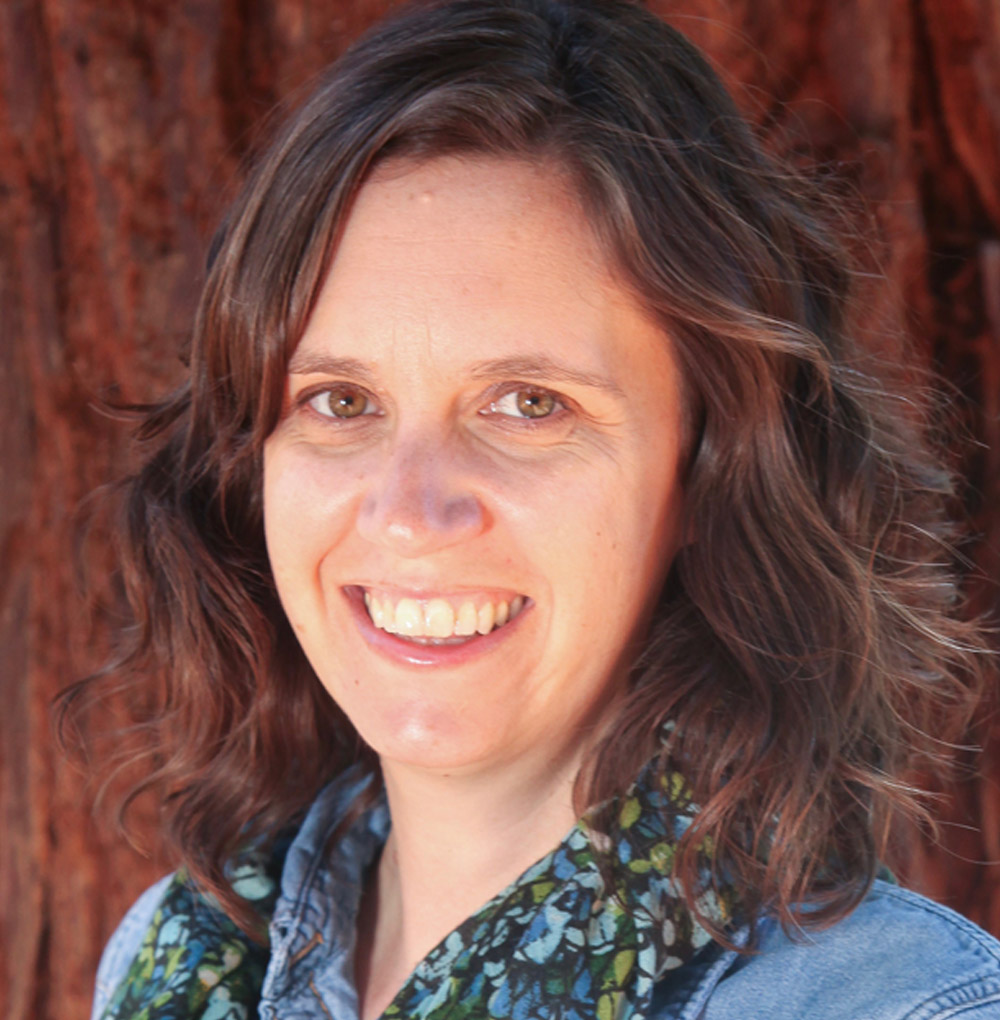
Strengthening substitute teaching in California
his school year has not turned out as expected. Substitute teaching systems faltered throughout the pandemic and failed during the omicron wave. Keeping schools staffed has required district leaders to solve a moving puzzle, often by filling in themselves.
If we are honest with ourselves, the system never really worked all that well. It wasn’t designed for student learning or to create good jobs. In pre-pandemic times, just 80 percent of teaching jobs were covered and that varied dramatically by school, reflecting systemic inequality. Substitute teaching is the original gig economy job, characterized by high autonomy and flexibility, little to no training or support, a high degree of professional isolation with no guarantee of income or professional growth. Its chief strength has been keeping costs low.
This year, the true cost of that model caught up with us. People just aren’t willing to take or stay in stressful jobs where they don’t feel valued. We’ve long lived with huge turnover in our sub pools — pre-pandemic, the California Commission on Teacher Credentialing issued a staggering 67,000 permits each year. But this year, most districts saw a huge drop in applicants to refill our leaky buckets. Many districts responded by significantly increasing pay, sometimes doubling it. But we’ve learned that pay isn’t enough, and right now, substitute teachers don’t feel set up for success.
The impact of the substitute teaching model is also catching up with us. By the time they graduate, students will have spent a full year with substitute teachers. As the system relies more on substitute teachers, their lack of training and supervision means that students experience less learning and more chaos in their school day. While there are many fantastic substitute teachers, the system isn’t designed to support greatness. Only 11 percent of districts offer substitute teachers training in classroom management, their core job function.

So, where do we go from here? We need to be thinking about both strengthening our current system and what it will take to redesign it. It’s been reassuring to see that districts who have long invested in best practices related to substitute teachers have weathered this year better than their peer districts. But those districts would be quick to tell you that they still need to do more, and that they aren’t able to cover all of their sub needs. The role of a substitute teacher must be redesigned to improve their impact on students and to make the job more attractive.
What works
Strong and consistent sub plans: An often-overlooked part of substitute teaching is the information that subs get when they arrive — information about how the school and classes work, and most importantly, a plan for the day. Sunnyvale Unified has improved sub coverage by focusing on strengthening sub plans. This not only improves the likelihood of a strong instructional day and also signals to substitute teachers that they are valued and that the school took time to prepare for them.